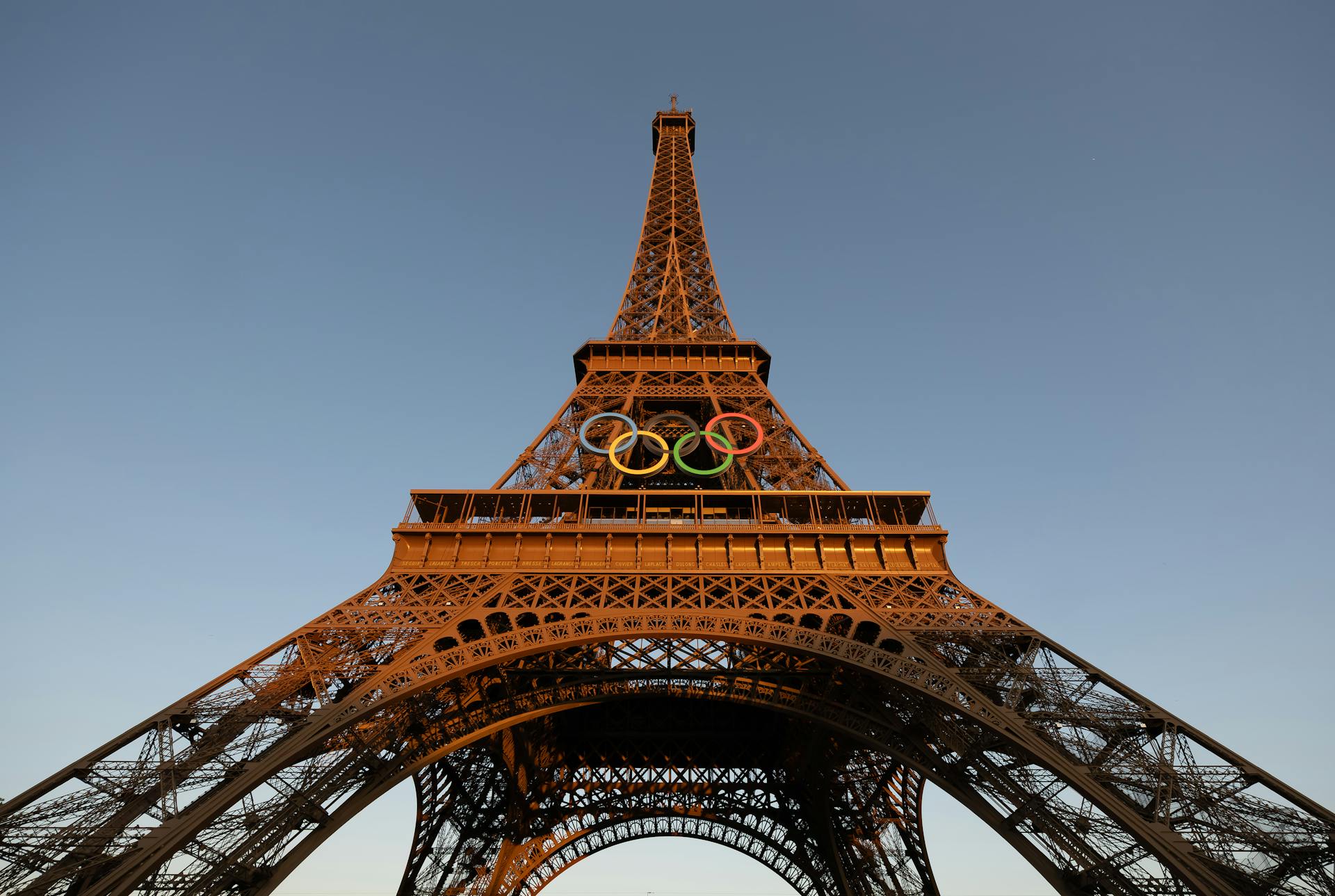Since our hit post on the Paris Olympics 2024 medals, over 100 athletes have noticed visible signs of deterioration. Concerns have quickly emerged about the manufacturing process behind these prestigious awards. What caused this issue?
What happened?
The Paris Olympics 2024 medals were renowned for their distinctive design and for incorporating a unique element — a piece of iron from the iconic Eiffel Tower. Despite this innovative approach, certain aspects of the production process appear to have gone wrong.
Reports from athletes indicate that their medals are flaking, discolouring, and even rusting. While minor cases of this have occurred in past Olympics, such widespread deterioration is highly unusual.
Bronze medallist U.S. skateboarder Nyjah Huston shared images of his deteriorating medal on social media and remarked, “They’re apparently not as high quality as you would think”. Other athletes, French swimmers Clément Secchi and Yohann Ndoye Brouard, also published photos of their deteriorated medals on social media.
Public concern has prompted swift responses from both the French mint, Monnaie de Paris, which was tasked with the production and quality control of the medals, and the International Olympic Committee (IOC).
What caused it?
Previously, chromium trioxide had been used in the coating process, but new EU regulations banned the substance due to its toxicity. Early reports suggest that a recent change in the anti-corrosion varnish may have caused the issue.
Bronze medals seem to be the most affected, with signs of damage appearing as early as August during the Olympics. Experts believe exposure to certain chemicals, particularly chlorine in humid conditions, may have accelerated the corrosion.
Beyond the varnish issue, the medal’s composition may also be a factor. Questions had already been raised about the production process, but the inclusion of iron from the Eiffel Tower may have inadvertently contributed to the problem. Iron is highly susceptible to oxidation under the right conditions, and if the protective coating is compromised, the risk of corrosion increases significantly.
How is it being addressed?
This is not an isolated incident. Monnaie de Paris, one of France’s most prestigious institutions, faced a similar crisis the previous year before when producing medals for a major client, Huawei.
Unconfirmed reports suggest that this latest incident has triggered internal changes at the mint. At least three production and quality directors dismissed following a review of the manufacturing process.
“We are working closely with Monnaie de Paris and the National Olympic Committee to assess the medals. We would also like to understand the circumstances and causes of the damage,” said a spokesperson. While they are now replacing the affected medals, Monnaie de Paris has described them as “damaged” rather than “defective.”
Engineering is everywhere
Engineering shapes our world, influencing every aspect of our lives: housing, transport, food and drink, technology and communication, art and entertainment, the news media, health, education, finance, and more. Follow this blog series as we continue to explore.
